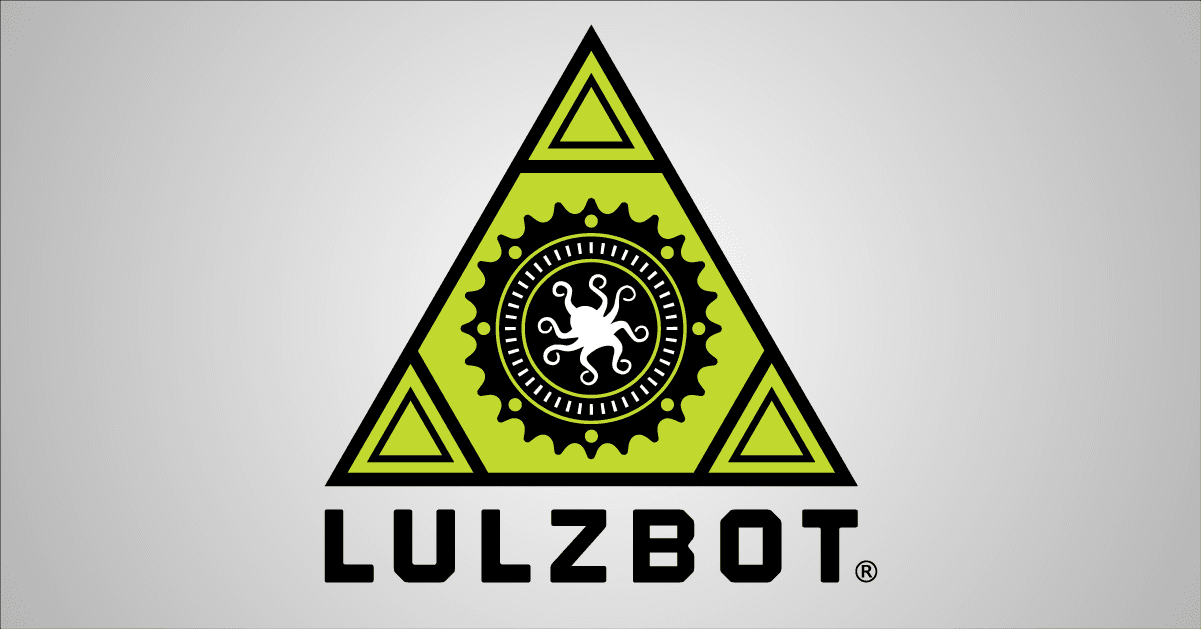Researchers using additive manufacturing technology have achieved a major breakthrough, creating viable human organ tissue by 3D printing unmodified collagen bioink. Recently, Carnegie Mellon announced having successfully created the first-ever functional 3D printed human heart tissue utilizing a process called FRESH.

Earlier this summer, LulzBot announced its expansion into the 3D bioprinting market with its new hardware, optimized for FRESH printing. This method allows for printing of unmodified collagen, which is difficult to work with due to its fluid nature.
'Collagen is an extremely desirable biomaterial to 3D print with because it makes up literally every single tissue in your body,' said Andrew Hudson, a CMU biomedical engineering Ph.D.student. 'What makes it so hard to 3D print, however, is that it starts out as a fluid — so if you try to print this in air it just forms a puddle on your build platform. So we've developed a technique that prevents it from deforming.'
Other currently available methods of printing with collagen involve chemical alteration or modifying other properties to make it printable, potentially compromising the quality and resolution of the print. The FRESH bioprinting method enables the printing of biological structures in a gel-based support bath, allowing the collagen to solidify before removal. The gel is heated to ambient temperatures and then melted away, removing the printed structure without damaging it.
Expanding beyond collagen to include other soft materials like alginate, fibrin, and hyaluronic acid, this technology allows complex biological scaffolds to be printed on an unprecedented scale.
LulzBot's long-standing reputation for manufacturing high-quality FFF 3D printers is set to raise the bar for print quality in biofabrication. In testing, LulzBot's new bioprinter is already delivering unmatched resolution and fidelity using bioinks and other soft materials. Keep up to date with LulzBot's upcoming bioprinter here.

